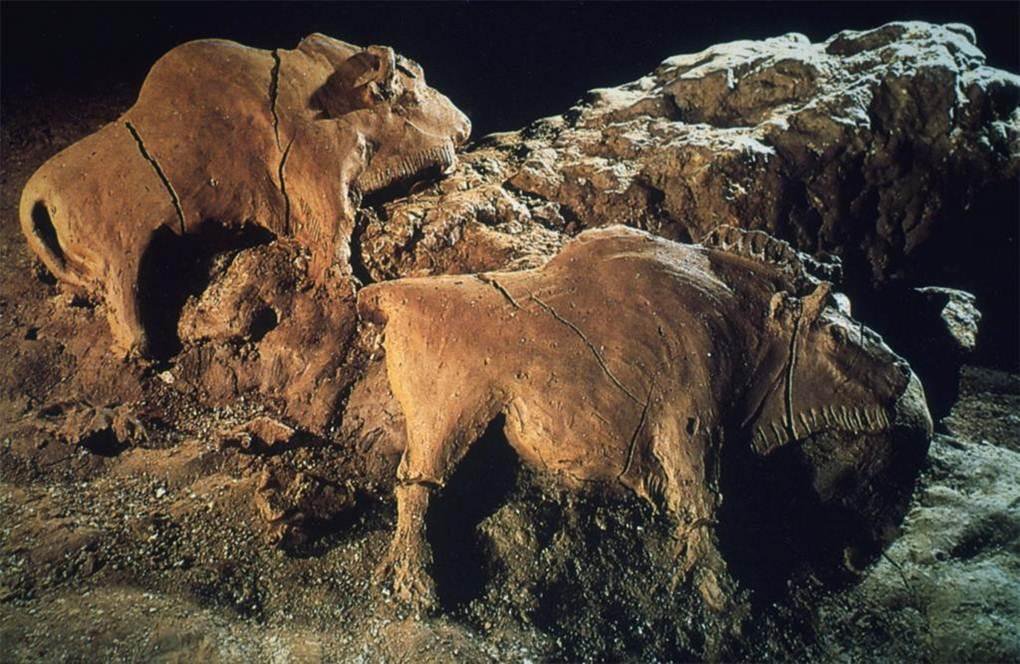
Two bison were delicately sculpted from clay by firelight 14,000 years ago, deep in the dark depths of a cave system in the foothills of the central French Pyrenees.
No one visited these galleries between the last Ice Age and 1912. The caves are only reachable by boat.
No one visited these galleries between the last Ice Age and 1912. The caves are only reachable by boat.

The Tuc d'Audoubert's inner depths were first explored in 1912. The cave is privately owned by the Bégouën family, visits have been kept to a strict minimum ever since, and nothing has been disturbed.
The bison are 63 and 61 cm long respectively and are located in the West Cave at 'Montesquieu-Avantès', France.
#IceAgeArt #IceAge donsmaps.com/tucdaudoubert.…
#IceAgeArt #IceAge donsmaps.com/tucdaudoubert.…
• • •
Missing some Tweet in this thread? You can try to
force a refresh










